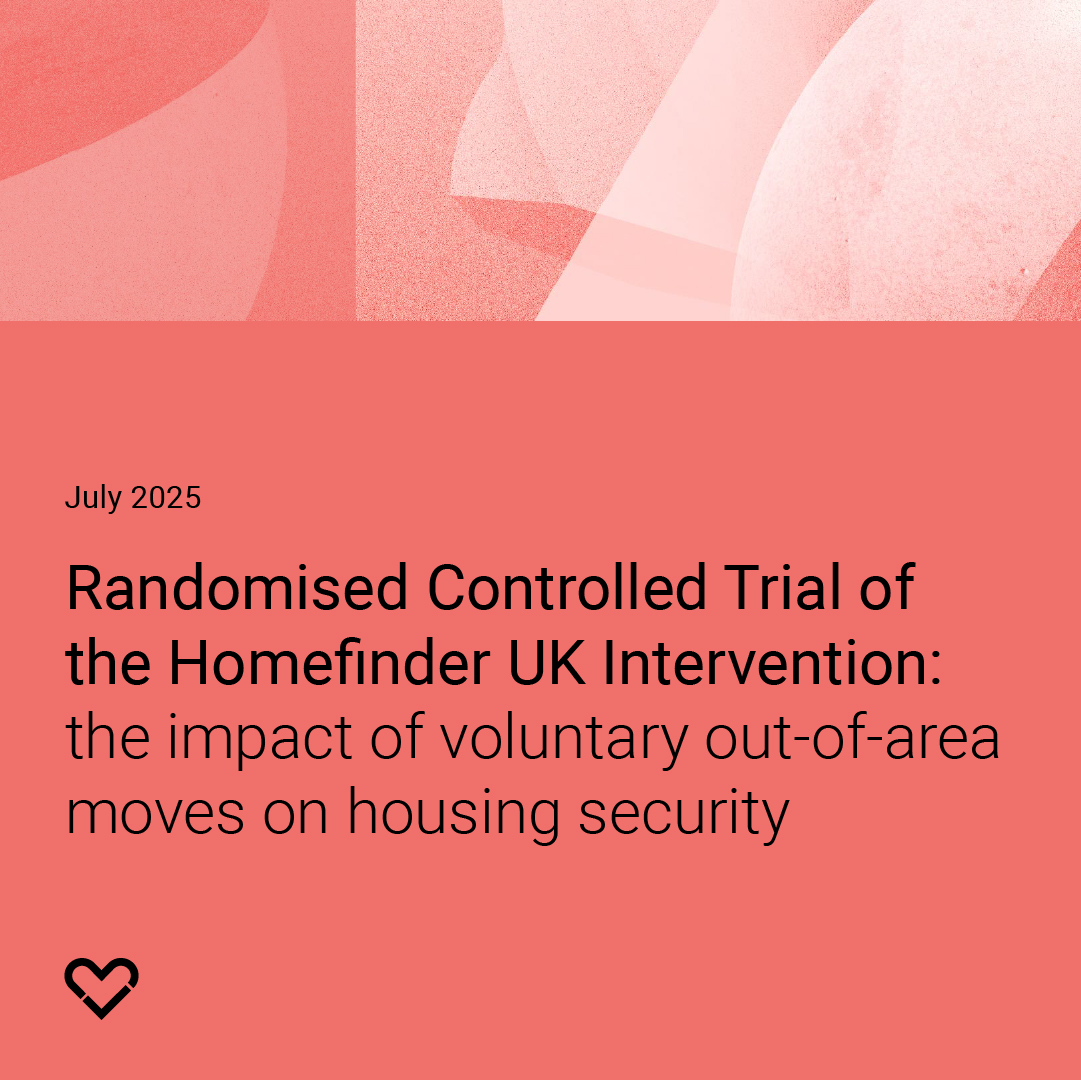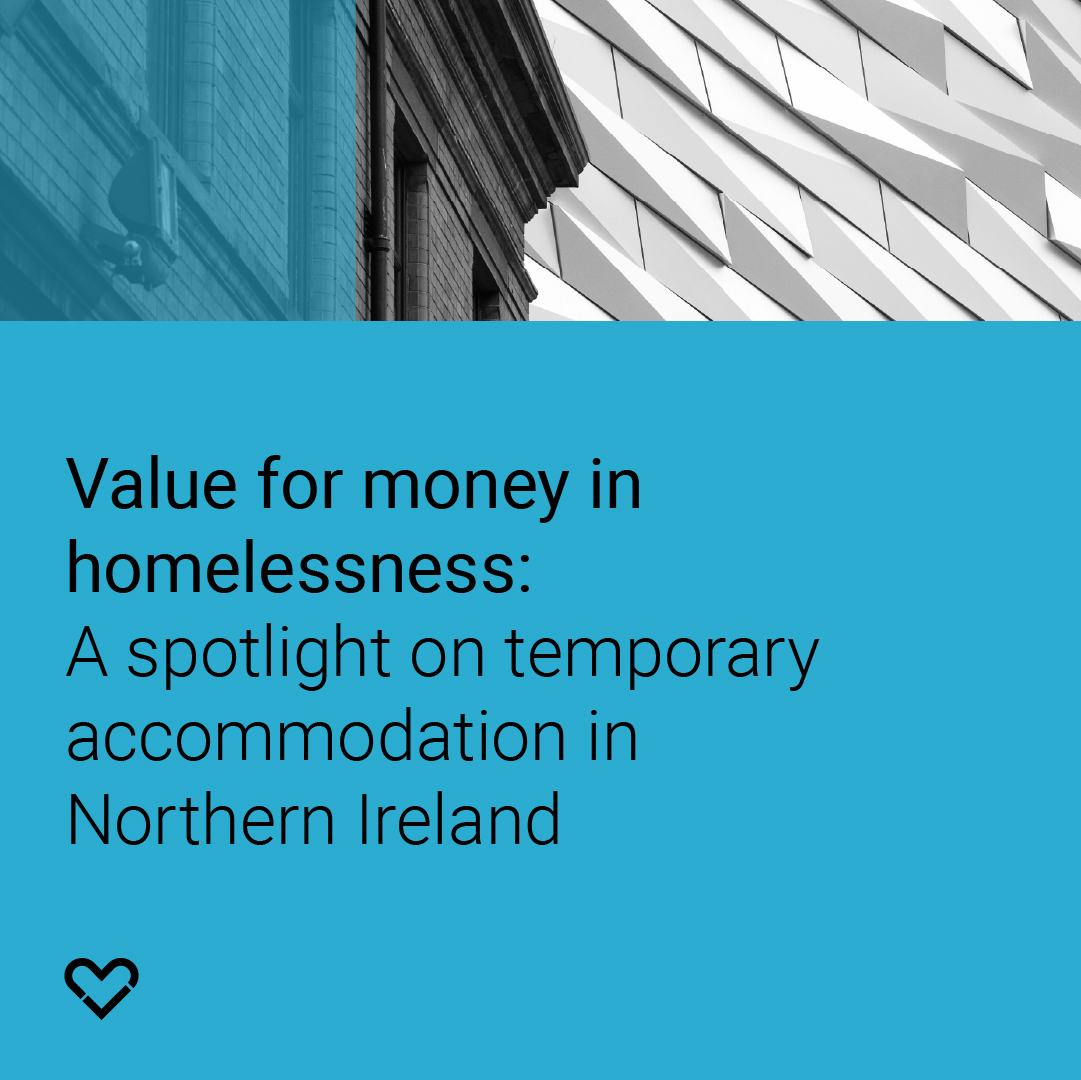European Journal of Homelessness: The Role of the Arts in Ending Homelessness
Outline of this paper
This paper explores how arts and creativity can play a vital role in preventing and addressing homelessness. Drawing on 20 years of experience in the field, Matt Peacock argues that arts interventions should be part of a holistic approach to homelessness support, rather than viewed as a luxury that is offered after people’s basic needs are met.
The paper examines evidence from arts projects worldwide and demonstrates how creative approaches can build agency, wellbeing, and co-production in homelessness services.
Findings in brief
- People experiencing homelessness benefit from a holistic approach, including arts, sports, healthcare, and housing interventions
- Arts interventions focus on build on people’s strengths rather than deficits
- The first international literature review of 60+ arts and homelessness evaluation studies found all resulted in improvements in one or more of four impacts: participants' wellbeing, resilience, agency, and knowledge/skills
- The Building Transnational Solidarity research project identified that 104 arts projects In the Global South are addressing UN Sustainable Development Goals, whilst tackling challenges like land privatisation, poverty criminalisation, and climate change
- More organisations are seeking to fully involve people with lived experience. For example, half of Arts & Homelessness International's board and staff have this
- Legislative Theatre involves people with lived experience in policy-making and has successfully informed the Greater Manchester Homelessness Prevention Strategy
- During COVID-19, local authorities turned to arts to address isolation and poor mental health among people housed in hotels and temporary accommodation. Projects also created innovative solutions for digitally excluded populations.
Recommendations in brief
- Adopt a holistic ‘approach’ that includes arts alongside housing, healthcare, and other services from the outset of homelessness support
- Invest in better impact measurement for arts interventions, using recognised evaluation indicators and triangulated evidence from multiple sources
- Use arts to shift public perceptions of homelessness from individual responsibility to societal responsibility
- Capitalise on the agency and confidence arts build to amplify voices of people with lived experience in policy-making
- Ensure people with lived experience have meaningful representation on boards and staff teams
- Address digital exclusion, particularly for vulnerable populations
- Tailor arts projects to specific local challenges and contexts
- Recognise the role that arts projects can play in creating economic empowerment opportunities, particularly in the Global South.
No items found.





.jpg)

